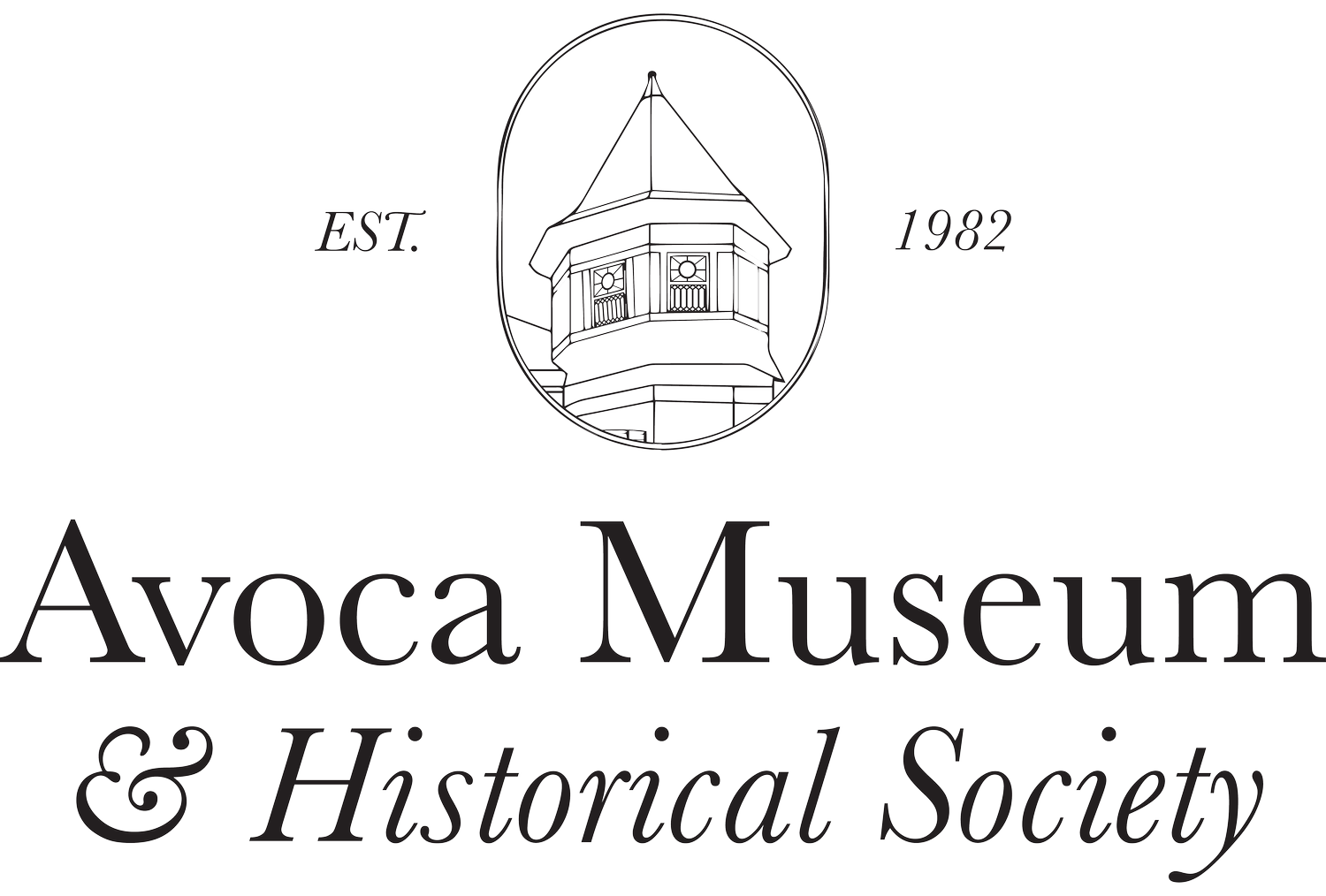The Avoca We Know Today
In 1865, upon the death of General James Dearing the Avoca Plantation was set to be passed to Dearing’s sister, Mary Anna Dearing. Dearing was married to Thomas Fauntleroy in 1868. The childless Charles Henry Lynch (depicted here) passed in 1874 and Avoca promptly became the new home of the Fauntleroy family. Unfortunately, tragedy struck not long into the lives of the Fauntleroy’s when the original Avoca house burned down in 1879. The family quickly rebuilt, only to be struck by tragedy once again when the second home suffered a devastating lantern fire in 1900. Finally, the Avoca we know today would be constructed in 1901. The head architect of Avoca was John Minor Botts, and it is to him we owe the credit of Avoca’s trademark Queen Anne style. It may be hard to believe but a letter from Botts circa 1900 states that the house only cost $5,988 to construct! Every single room in Avoca was decorated to the high society tastes of the time. The turn of the century was an era of flamboyant wealth for many, the Fauntleroy family included. One notable status of wealth in the Fauntleroy house is the highly decorated wallpaper, specifically ceiling wallpaper! The ceiling wallpaper located in the dining room was a foolproof way of signifying to others your status in society. The Fauntleroy family lived full and long lives in the beautiful Avoca house. Avoca continued to be passed through the Fauntleroy family until 1981, when the grandson of Thomas and Mary, Dr. Lindley M. Winston. Donated the home to the Town of Altavista. Today, Avoca is restored to its prime and serves as a window into the world of the Edwardian Era.

